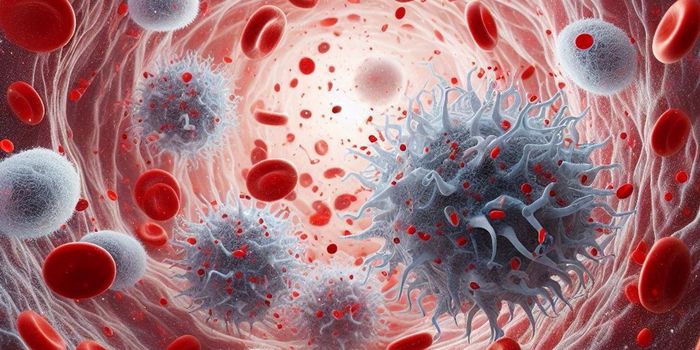The Unexpected Anti-Cancer Effects of the Human Telomerase
The research to find effective treatments and diagnosing tools in the fight against cancer has led to a thorough investigation into the genetics behind cancer transformation and progression. Genes linked to cancer progression are given the name oncogenes. Many oncogenes are often mutations in genes that affect cellular proliferation. The human telomerase reverse transcriptase (hTERT) is one example, and mutations in this gene are found in over 50 human cancers and are associated with tumor development and a poor prognosis. A group from Japan began an investigation into the link between a specific mutation in hTERT and cancer.
HTERT normally complexes with telomeres during the S-phase. The group had previously reported novel RNA dependent RNA polymerase (RdRP) activity and hTERT’s increased expression upon entrance to mitosis. A common source of protein activation is the phosphorylation of key residues, and this investigation shows the phosphorylation of threonine 249 (T249) to be essential for RdRP activity but not telomerase activity. Analysis of patient data showed mutations in T249 that prevented proper phosphorylation were a sign of prolonged overall survival.
Hoping to elaborate on why this phosphorylation of T249 on hTERT exhibits anti-cancer effects, they began in vitro and in vivo testing. Mutating T249 to abolish its phosphorylation in pancreatic and liver cancer cell lines, the group found that telomerase activity was maintained but the RdRP activity was substantially impaired. Grafting cancer cell lines with and without mutated T249 into mice showed that when hTERT was not phosphorylated, there was a severe impairment to tumor development with only two of eight mice developing tumors, and both tumors having severely impaired growth compared to controls. The investigation continued into the link between hTERT RdRP activity and the profound tumor suppression effects seen so far.
The group ran a screen for binding partners of hTERT, and a protein called forkhead box protein O4 (FOXO4) was found to bind to phosphorylated hTERT, but not unphosphorylated hTERT. FOXO4 is a transcription factor that controls gene expression and, in previous studies, has been linked to tumor suppression in certain cancers. Upon Identification of this interaction, the group proposed a model that hTERT phosphorylation allows the binding of FOXO4 mRNA, preventing its expression. Mutations in T249 prevent phosphorylation and allows FOXO4 to be expressed, which effectively eliminated tumor growth in mice models.
The group concludes, “We found that phosphorylation of hTERT at T249 regulates the expression of the tumor suppressor gene, FOXO4, in cancer cell lines”. Further investigation is, of course, needed. The newly identified interaction is quite an attractive target for anti-cancer treatments. After all, the nearly complete suppression of tumor growth is a great place to start for any potential therapy.
Sources: Nature, AlphaMed Press









